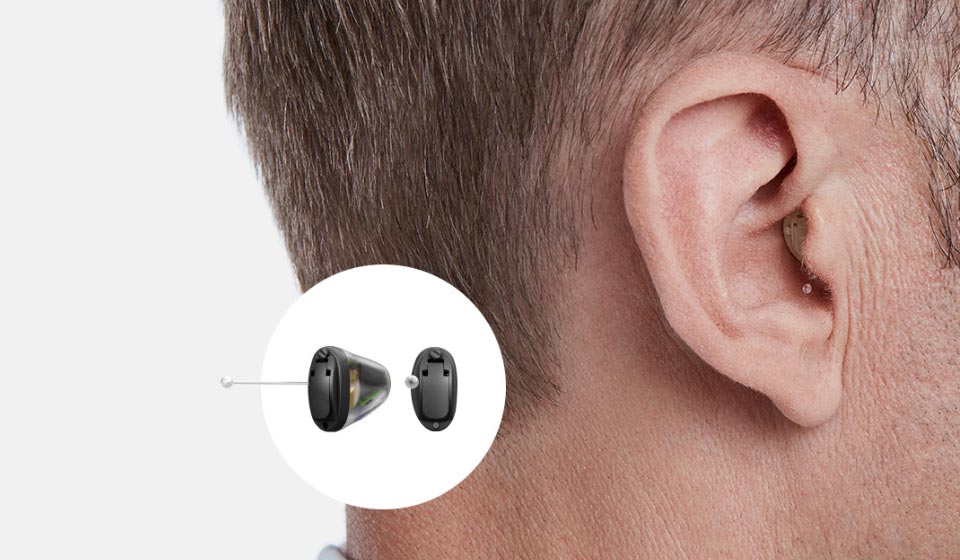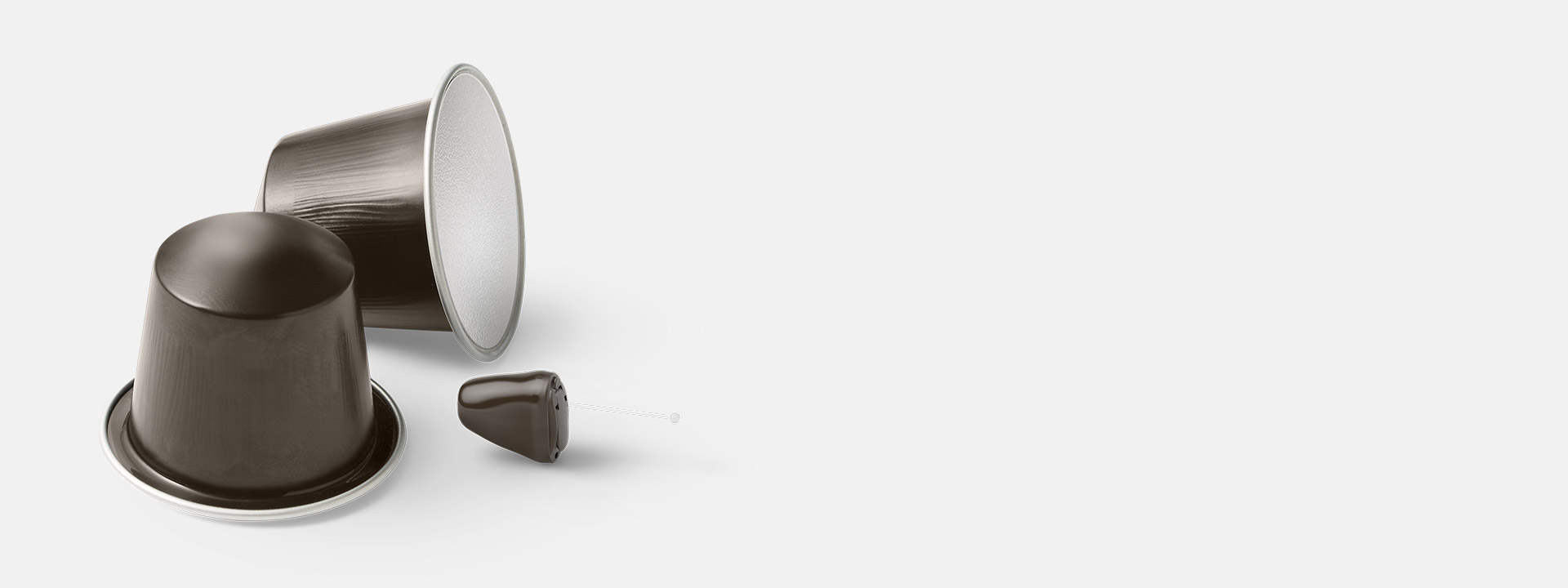
Invisible hearing aids
Modern hearing aids are more discreet than ever. In fact, there are hearing aids available that are almost invisible to the eye. Learn how these miniature hearing aids provide both a discreet look and a high-quality listening experience.
What are invisible hearing aids?
Invisible hearing aids sit inside your ear, invisible to the naked eye. Perhaps what is most impressive is the advanced digital technology in these hearing aids that fits into such a small device.
Invisible hearing aids are custom-fitted to your ear canal, and they contain no external tubes and wires.
Types of hearing aids

Try invisible hearing aids risk-free
Invisible hearing aids: pros and cons
Several factors determine whether invisible hearing aids are suitable for you. The level of your hearing loss, the shape of your ear canal and your personal preferences about hearing aids are all factors that should be considered.
Here is an overview of the most common pros and cons of invisible hearing aids.
| Advantages | Disadvantages |
| Small, discreet style | Shorter battery life |
| Less likely to pick up wind noise | Controls are harder to see and feel |
| More natural sound experience | Not suitable for all ear canal shapes |
| No external tubes / wires | Challenging to handle for those with dexterity issues |
| Custom-fitted (more comfortable for most users) | No binaural coordination possible between your two hearing aids |
| No Bluetooth® connectivity available | |
| Not available with rechargeable batteries |
What hearing aids are most discreet?
FAQ about invisible hearing aids
Sources
1. https://www.oticon.ca/professionals/products/hearing-aids/opn-ite
2, https://www.healthyhearing.com/report/52837-The-pros-and-cons-of-small-hearing-aids




